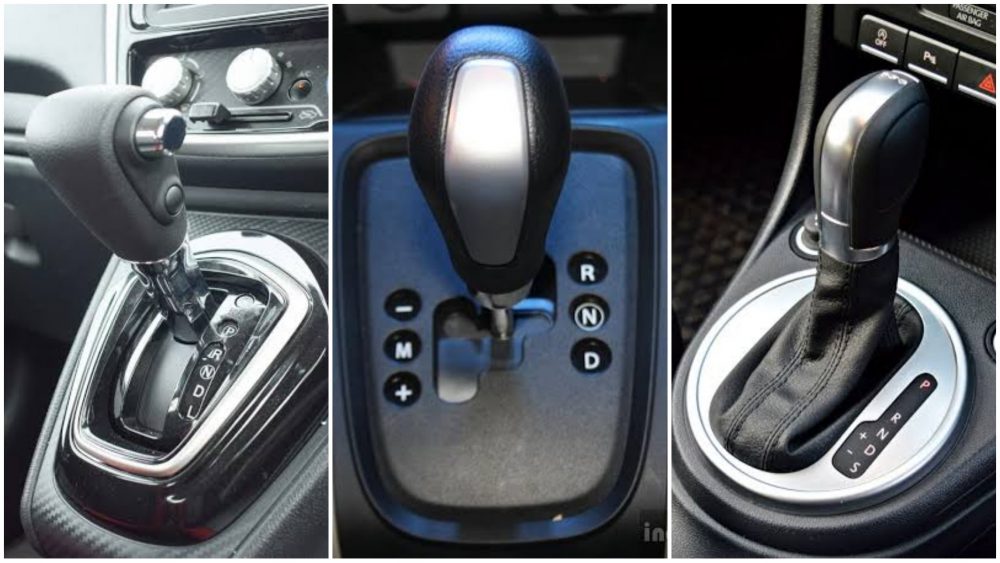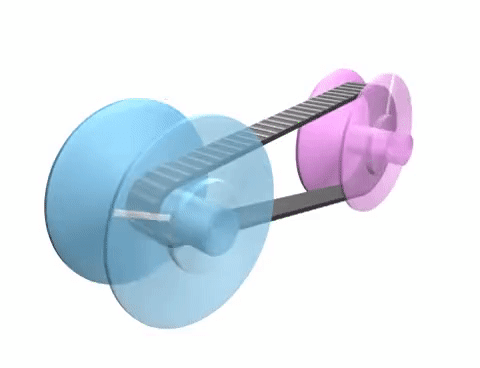Continuously Variable Transmission (CVT) is currently one of the most efficient forms of automatic transmission. With its pulley system allowing multiple gear ratios, it can achieve peak efficiency. In this blog, we will explain how they work and why CVTs are so efficient.
Read More: DCT vs CVT vs AMT | Choose The Best Transmission
What Is A CVT?

A Continuously Variable Transmission (CVT) gearbox is a smooth and efficient transmission system which is seeing more and more use in new cars due to having multiple advantages. Categorised under the automatic transmission the CVT offers quite a smooth drive and a really good fuel economy compared to other transmission systems.
Checkout the GoMechanic YouTube Channel and Subscribe for awesome automotive content.
Advantages Of A CVT
- It offers a smooth ride compared to a manual.
- It provides more fuel efficiency than other transmission systems.
- Easier to use while performing tasks like driving uphill.
- They are quite light compared to other transmissions.
Disadvantages Of A CVT
- Because of how it works it has slow acceleration.
- It provides no output to the driver thus feeling a little bland to drive.
- Expensive to replace and repair compared to other transmission systems.
- CVTs are limited in what engines they can work with.
Let’s discuss why CVT offers good fuel efficiency compared to other transmission systems. But before we get into that we need to know how it works.
Download The GoMechanic App Now!
Explaining the CVT gearbox
CVT being an automatic does almost all of the work on its own requiring no driver input. Every type of transmission has a set number of gears and gear ratios. The gear ratios are dependent on the speed and RPM of the car. CVT’s have a major difference in these criteria.
CVT’s are unique in this aspect because they don’t have gears instead it has pulleys. With its pulley system in place, CVT’s are able to achieve an infinite number of gear ratios. This infinite number of ratio allows it to have a gear shift at even 1 mm of belt movement of the pulley system.
Popular Read: How Torque Converter Automatic Transmission Works | Explained
How does a CVT gearbox work?
One the pulley is connected to the crankshaft (driving shaft) while the other is connected to the drive shaft (driven shaft). A V belt is free to move around the pulleys. ECU controls the movement of the pulley electronically.

Using the image above as reference we can see how CVT works. Take the example of a low gear setting. In this example, let’s say the blue shaft will move three times for every one pink shaft rotation. This in terms of gear ratio can be explained as a gear ratio of 3:1. Now if it were high gear this would simply reverse the order and blue will move slower.
The width of the pulley changes according to the speed of driving and they are inversely related to each other. When one pulley grows bigger the other one gets shorter.
With the working covered we can move onto what makes the CVT drink less fuel than its counterparts.
Why are CVT’s so Efficient?
The biggest reason for CVT’s having better efficiency is the pulley system. With its pulley system, the gear ratio is always kept at the perfect position to provide maximum output on that specific RPM. This means there is no extra fuel spent. Furthermore, the engine is kept at lower revs during cruising speed and is instantly provided more power if the car is accelerated thus having no delay in the power supply or gear shift at all. This gives it both a smooth ride and a good fuel efficiency.
This is the reason that CVT’s have better efficiency compared to other options like DCT or AMT.
Similar Read: Modern Automatic Transmissions and their Fuel Efficiency Explained







